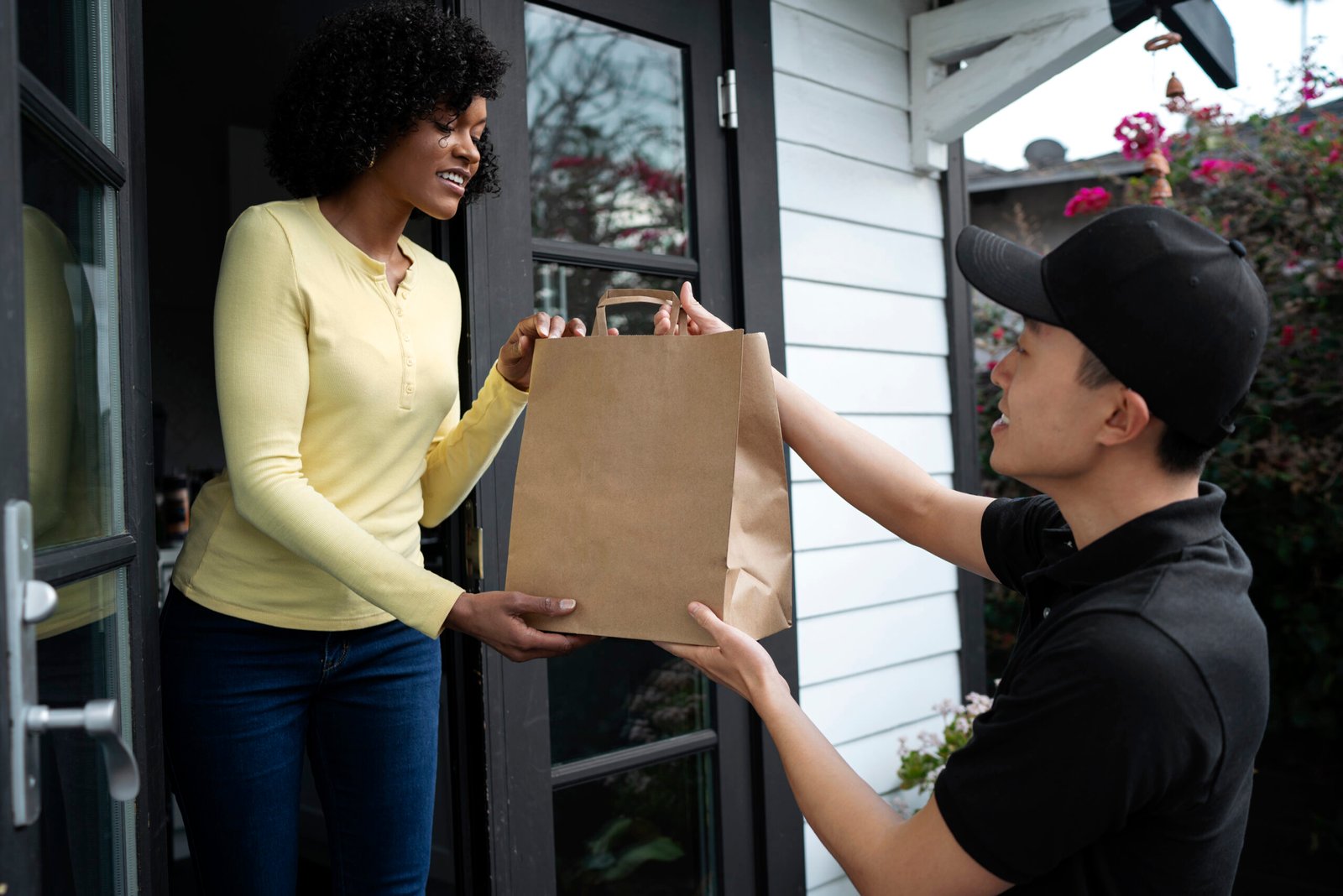In the world of quick commerce, speed is king—but data is the throne. While most eyes focus on delivery speed and customer experience, the real backbone of any efficient quick commerce ecosystem lies in strong vendor relationships, built and refined through the power of data analytics.
At Kwik, we believe vendors aren’t just suppliers—they’re strategic partners. And in today’s digitally-driven ecosystem, data is the glue that keeps this partnership smart, transparent, and profitable for everyone involved.
Data as the New Dialogue
Gone are the days when vendor relationships were limited to periodic calls and bulk orders. In a real-time environment like Q-commerce, communication must be constant—and data becomes the language of collaboration.
Analytics allow Kwik to:
- Share real-time demand patterns with vendors
- Alert suppliers to product surges and low-stock items
- Help vendors forecast sales and plan inventory accordingly
- Reduce wastage and overstock through dynamic replenishment
This creates a feedback loop where vendors stay informed and proactive, improving both margins and availability.
Inventory Intelligence: What Sells, Where, and When
Quick commerce thrives on precision. That’s why Kwik uses geo-tagged data to tell vendors:
- What SKUs perform best in which locality
- Time-specific spikes (e.g., tea snacks in the evening, baby care in early mornings)
- Product preferences based on age group, pin code, and festival demand
This hyperlocal intelligence helps our vendors optimize supply chains, diversify offerings, and even experiment with exclusive variants for specific customer segments.
Vendor Performance & Trust Metrics
Just like customers are rated for reliability in many platforms, vendors too can benefit from performance analytics:
- Delivery speed to warehouse
- Quality consistency scores
- Fill rate reports (how often they fulfill 100% of the order)
Kwik shares these insights privately with vendors, not to penalize, but to empower and improve. Over time, vendors who engage with the data grow with us—and that’s a partnership rooted in mutual success.
Building Transparent & Tiered Reward Systems
Through data, Kwik is building a performance-based reward structure for vendors:
- Priority display for consistently stocked products
- Access to festival-based campaigns
- Co-branding opportunities for top-performing vendors
These are made possible through analytics dashboards that highlight performance and flag areas of improvement, creating a culture of shared accountability.
From Transactional to Transformational
Data is not just about dashboards—it’s about deepening trust, improving efficiency, and giving vendors a seat at the digital table.
At Kwik, our vendor network is not a backend layer—it’s a backbone. With data analytics, we’re not just speeding up deliveries—we’re strengthening relationships, creating long-term value for everyone involved.
📞 Are you a distributor or manufacturer looking to grow with Kwik? Let’s build a smarter, data-backed future together.
📲 WhatsApp: +91 91473 65640
🌐 Instagram: @kwikgrocery.shop
At Kwik, every data point is a promise—to deliver better.











